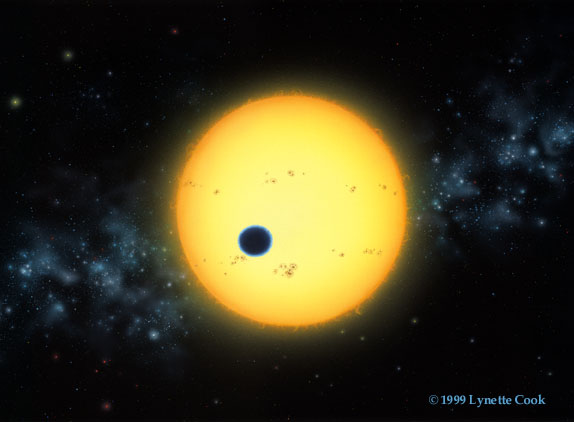
He was born in 1564, he had great achievements during until his deadness in 1642 (and it is the year that nioten was born), his father was a music teacher and a fine lute player. Galileo Galilee was a Tuscan astronomer, philosopher, and physicist who is closely associated with the scientific revolution. His achievements include improvements to the telescope, a variety of astronomical observations.
Although the popular idea of Galileo inventing the telescope is inaccurate, he was one of the first people to use the telescope to observe the sky. Based on sketchy descriptions of telescopes invented in the Netherlands in 1608, Galileo made one with about 8x magnification, and then made improved models up to about 20x. On August 25, 1609, he demonstrated his first telescope to Venetian lawmakers. His work on the device also made for a profitable sideline with merchants who found it useful for their shipping businesses. He published his initial telescopic astronomical observations in March 1610 in a short treatise entitled Sidereus Nuncius (Sidereal Messenger). On January 7, 1610 Galileo discovered four of Jupiter's largest moons : Io, Europa,Callisto and Ganymede . He determined that these moons were orbiting the planet since they would appear and disappear; something he attributed to their movement behind Jupiter. He made additional observations of them in 1620. Later astronomers overruled Galileo's naming of these objects, changing his Medicean stars to Galilean satellites. The demonstration that a planet had smaller planets orbiting it was problematic for the orderly, comprehensive picture of the geocentric model of the universe, in which everything circled around the Earth.
Galileo noted that Venus exhibited a full set of phases like the Moon. The heliocentric model of the solar system developed by Copernicus predicted that all phases would be visible since the orbit of Venus around the Sun would cause its illuminated hemisphere to face the Earth when it was on the opposite side of the Sun and to face away from the Earth when it was on the Earth-side of the Sun. By contrast, the geocentric model of Ptolemy predicted that only crescent and new phases would be seen, since Venus was thought to remain between the Sun and Earth during its orbit around the Earth. Galileo's observation of the phases of Venus proved that Venus orbited the Sun and lent support to (but did not prove) the heliocentric model.
Galileo was one of the first Europeans to observe sunspots, although there is evidence that Chinese astronomers had done so before. The very existence of sunspots showed another difficulty with the perfection of the heavens as assumed in the older philosophy. And the annual variations in their motions, first noticed by Francesco Sizzi, presented great difficulties for either the geocentric system or that of Tycho Brahe. A dispute over priority in the discovery of sunspots led to a long and bitter feud with Christoph Scheiner; in fact, there can be little doubt that both of them were beaten by David Fabricius and his son Johannes.
He was the first to report lunar mountains and craters, whose existence he deduced from the patterns of light and shadow on the Moon's surface. He even estimated the mountains' heights from these observations. This led him to the conclusion that the Moon was "rough and uneven, and just like the surface of the Earth itself", and not a perfect sphere as Aristotle had claimed.
Galileo observed the Milky Way, previously believed to be nebulous, and found it to be a multitude of stars, packed so densely that they appeared to be clouds from Earth. He also located many other stars too distant to be visible with the naked eye.Galileo observed the planet Neptune in 1612, but did not realize that it was a planet and took no particular notice of it. It appears in his notebooks as one of many unremarkable dim stars.









